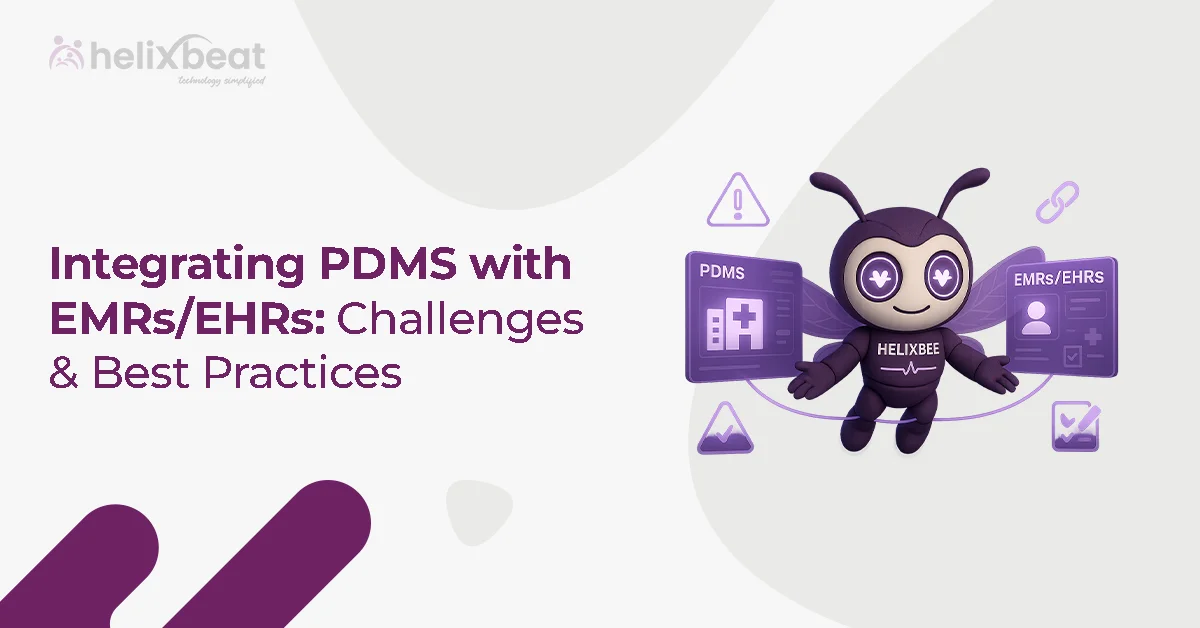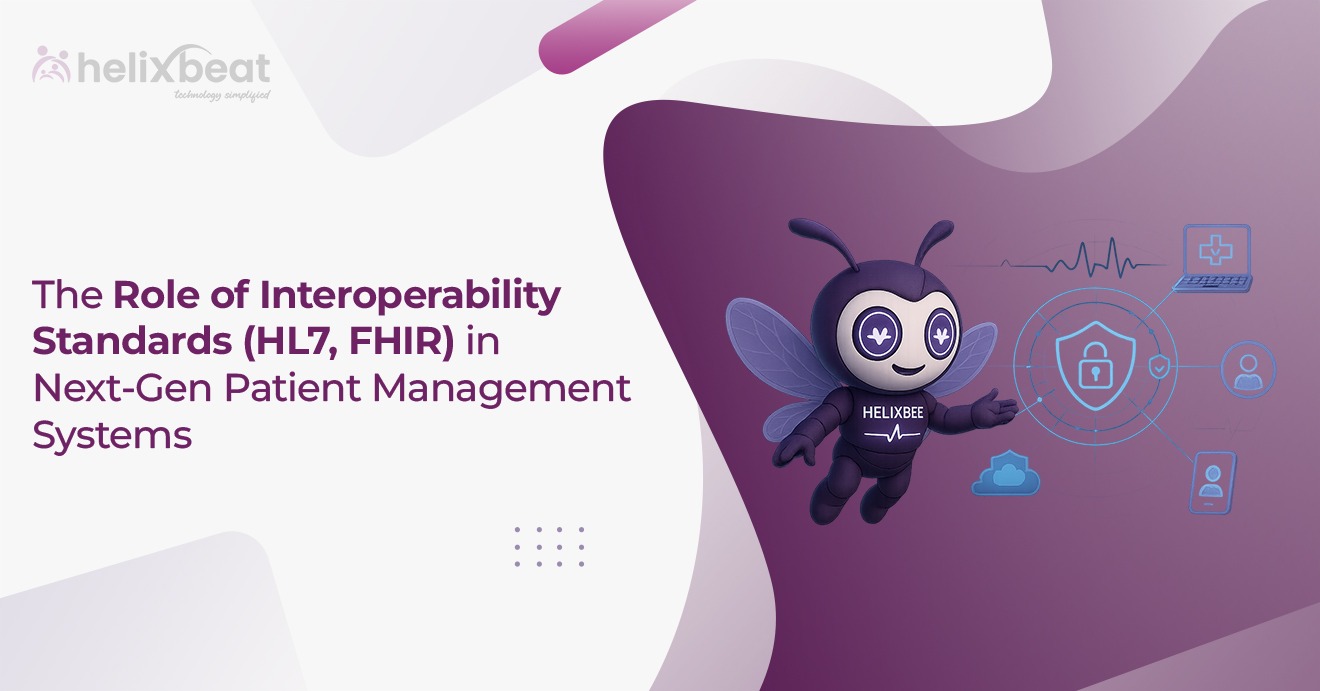Today, there are over 26.7 million software developers worldwide, and more than 65% of them use JavaScript. At the same time, Ruby on Rails remains a top choice for building fast and reliable web applications. It’s no surprise that the Ruby on Rails vs JavaScript debate is so common when starting a new project.
The main challenge is deciding which one is right for your business. JavaScript frameworks for web development are great for creating interactive, dynamic websites, while Ruby on Rails advantages include building strong, full-featured applications in less time. Choosing the wrong option can lead to higher costs, slower delivery, and missed opportunities.
Here, we gave a clear comparison between Ruby on Rails and JavaScript for web development.

Table of Contents
Overview on Ruby vs JavaScript
Ruby on Rails is a popular web framework built on the Ruby programming language. It follows the “convention over configuration” approach, which means developers can build applications faster without having to set up every detail from scratch. Known for its clean code and strong community support, Ruby on Rails is often used for creating scalable web applications, e-commerce platforms, and SaaS products.
JavaScript is a versatile programming language that runs in all major browsers and powers most of the interactive features you see on websites today. With the rise of JavaScript frameworks for web development like React, Angular, and Vue, it’s no longer just for the frontend, it’s also used on the backend with Node.js, making it a full-stack option for many projects.
Let’s compare both ruby on rails vs JavaScript in detail
JavaScript Benefits
JavaScript is more than just a browser scripting language, it’s a powerful tool for building everything from dynamic websites to enterprise-grade applications.
Here are some of the key benefits that make it a strong contender in the Ruby on Rails vs JavaScript debate:
1. Full-Stack Capability with Node.js
JavaScript can be used for both frontend and backend development, allowing teams to use a single language across the entire application stack for faster deployment and easier code maintenance.
2. Rich Ecosystem of Frameworks and Libraries
With JavaScript frameworks for web development like React, Angular, and Vue, developers can build high-performance, modular applications and reduce development time through reusable components.
3. Real-Time Data Handling
JavaScript supports WebSockets and event-driven programming, making it ideal for real-time applications like live chats, streaming services, and collaborative tools.
4. Asynchronous and Non-Blocking I/O
Using technologies like Node.js, JavaScript can handle multiple requests without blocking execution, improving scalability for high-traffic applications.
5. Cross-Platform Compatibility
JavaScript runs natively in all modern browsers and can be used with frameworks like Electron or React Native to create cross-platform desktop and mobile applications from a single codebase.
Where JavaScript Works Well
JavaScript isn’t just a universal programming language — it shines in certain project types where speed, interactivity, and scalability are critical. Here are some examples where it delivers exceptional results:
1. Single-Page Applications (SPAs)
Frameworks like React and Angular let developers build SPAs that load content dynamically without full page refreshes, improving speed and user experience for platforms like Gmail or Trello.
2. Real-Time Collaboration Tools
With WebSocket-based communication, JavaScript is ideal for apps like Google Docs or Slack, where multiple users can interact and see updates instantly.
3. Streaming Platforms
JavaScript’s event-driven architecture works well for video and audio streaming services such as Netflix or Spotify, handling concurrent data streams efficiently.
4. Progressive Web Apps (PWAs)
Using Service Workers and APIs, JavaScript enables web apps to work offline and send push notifications, making them feel like native mobile apps.
5. Interactive Dashboards and Data Visualization
Libraries like D3.js and Chart.js allow developers to create responsive, interactive charts and analytics dashboards that update in real time.
Challenges Involved Using JavaScript
While JavaScript is powerful and flexible, it comes with challenges that can slow down projects if not managed by an experienced team. Here are some common pain points:
- Security Risks in Open-Source Dependencies – Many JavaScript projects rely on third-party packages, which can introduce vulnerabilities if not regularly audited and updated.
- Browser Compatibility Issues – Older or less common browsers may not fully support modern JavaScript features, requiring polyfills or fallback code.
- Performance Bottlenecks in Large Applications – As codebases grow, managing render cycles and state can become complex, potentially slowing down the application without proper optimization.
- Frequent Ecosystem Changes – The JavaScript ecosystem evolves rapidly, and staying up to date with framework updates and breaking changes can be challenging for in-house teams.
- Build and Deployment Complexity – Managing bundlers, transpilers, and environment configurations can complicate deployments if the development process isn’t well-structured.
With Helixbeat’s web development services, these challenges can be mitigated through expert architecture planning, security best practices, and efficient code optimization strategies.
Ruby on Rails Benefits
Ruby on Rails has earned a strong reputation in the web development community for its ability to deliver high-quality applications quickly. Here are some of the key benefits that make it a strong contender in the Ruby on Rails vs JavaScript debate:
1. Rapid Development with Convention Over Configuration
Rails follow predefined conventions, which reduces the amount of setup and decision-making needed, speeding up the development process.
2. Built-in Security Features
Rails include default protections against common threats like SQL injection, cross-site scripting (XSS), and cross-site request forgery (CSRF), lowering the risk of security breaches.
3. Scalable Architecture for Growing Businesses
Rails support modular code organization and database scaling strategies, making it easier to expand applications as user demand increases.
4. Strong Community and Gem Ecosystem
The Rails community maintains thousands of open – source “gems” (plugins) that can add features without reinventing the wheel, saving both time and cost.
5. Test-Driven Development (TDD) Support
Rails promote writing automated tests alongside code, helping maintain stability as applications evolve.
With Helixbeat’s web and web development services, businesses can use these Ruby on Rails advantages to build secure, scalable, and future-ready web applications faster.
Where Ruby on Rails Works Well
Ruby on Rails is especially effective for projects that need to go from idea to launch quickly without sacrificing quality. Here are some scenarios where it delivers outstanding results:
1. Minimum Viable Products (MVPs)
Rails’ rapid development approach helps startups and businesses launch functional products in weeks, gather user feedback, and iterate faster.
2. E-Commerce Platforms
With gems like Spree and Solidus, Rails provides ready-to-use features for product management, payment integration, and order tracking.
3. SaaS Applications
Rails is a strong choice for building subscription-based platforms like project management tools, CRM systems, or learning management systems.
4. Data-Driven Applications
Its robust Active Record ORM makes it easier to manage complex databases, ideal for analytics platforms and reporting tools.
5. Custom Business Portals
From internal dashboards to client portals, Rails enables secure, role-based access and smooth workflow automation.
Challenges Involved Using Ruby on Rails
While Ruby on Rails offers speed and flexibility, it also has certain limitations that need to be managed with the right development approach. Here are some common challenges:
- Performance in High-Concurrency Environments – For extremely large-scale, real-time applications, Rails may require additional optimization or background job processing tools like Sidekiq.
- Smaller Talent Pool – Compared to JavaScript, there are fewer experienced Rails developers available, which can make hiring more challenging for in-house teams.
- Hosting and Scaling Costs – Rails apps often require specialized hosting environments and scaling strategies, which can be costlier without proper infrastructure planning.
- Longer Boot Time for Large Apps – As applications grow, Rails can have slower startup times, impacting developer productivity during builds.
- Limited Native Frontend Capabilities – While Rails excels at backend development, it often needs to be paired with frontend technologies for highly interactive UI experiences.
These challenges are solved through performance tuning, cloud-based scaling solutions, hybrid tech stacks, and expert Rails developers who optimize every stage of the project lifecycle.
Final Words
Choosing between Ruby on Rails vs JavaScript is not about which one is “better” overall, it’s about which one works best for your project. JavaScript frameworks for web development are great for creating interactive, real-time apps, while Ruby on Rails advantages include building secure, scalable applications quickly.
The right choice depends on your goals, budget, and how fast you want to launch. That’s where Helixbeat’s web and web development services can help. We look at your business needs, match them with the right technology, and build a web solution that performs well today and can grow with you in the future.
Want to make the right choice for your project? Get in touch with Helixbeat now and let’s start building.
FAQ
1. Can Ruby on Rails replace JavaScript?
No. Ruby on Rails is mainly a backend framework, while JavaScript is essential for frontend interactions in web browsers. In most projects, Rails and JavaScript work together rather than replace each other.
2. Is Ruby on Rails a dying language?
No. Ruby on Rails is still widely used for building web applications, especially for startups, SaaS products, and e-commerce platforms. It continues to have strong community support and frequent updates.
3. Is Ruby faster than JS?
In raw execution speed, JavaScript (especially with Node.js) is generally faster than Ruby. However, Rails offers development speed advantages, helping teams build applications more quickly.
4. Is Ruby on Rails full stack?
Yes. Ruby on Rails is considered a full-stack framework because it handles both frontend (through HTML, CSS, and JavaScript integration) and backend development.
5. Is Ruby on Rails better than JavaScript for web development?
It depends on your project. Rails is great for building robust, scalable applications quickly, while JavaScript is better for highly interactive, real-time web apps.
6. Can Ruby be used for the frontend?
Not directly. Ruby runs on the server side, but it can work with frontend tools and JavaScript to create a complete web application.














